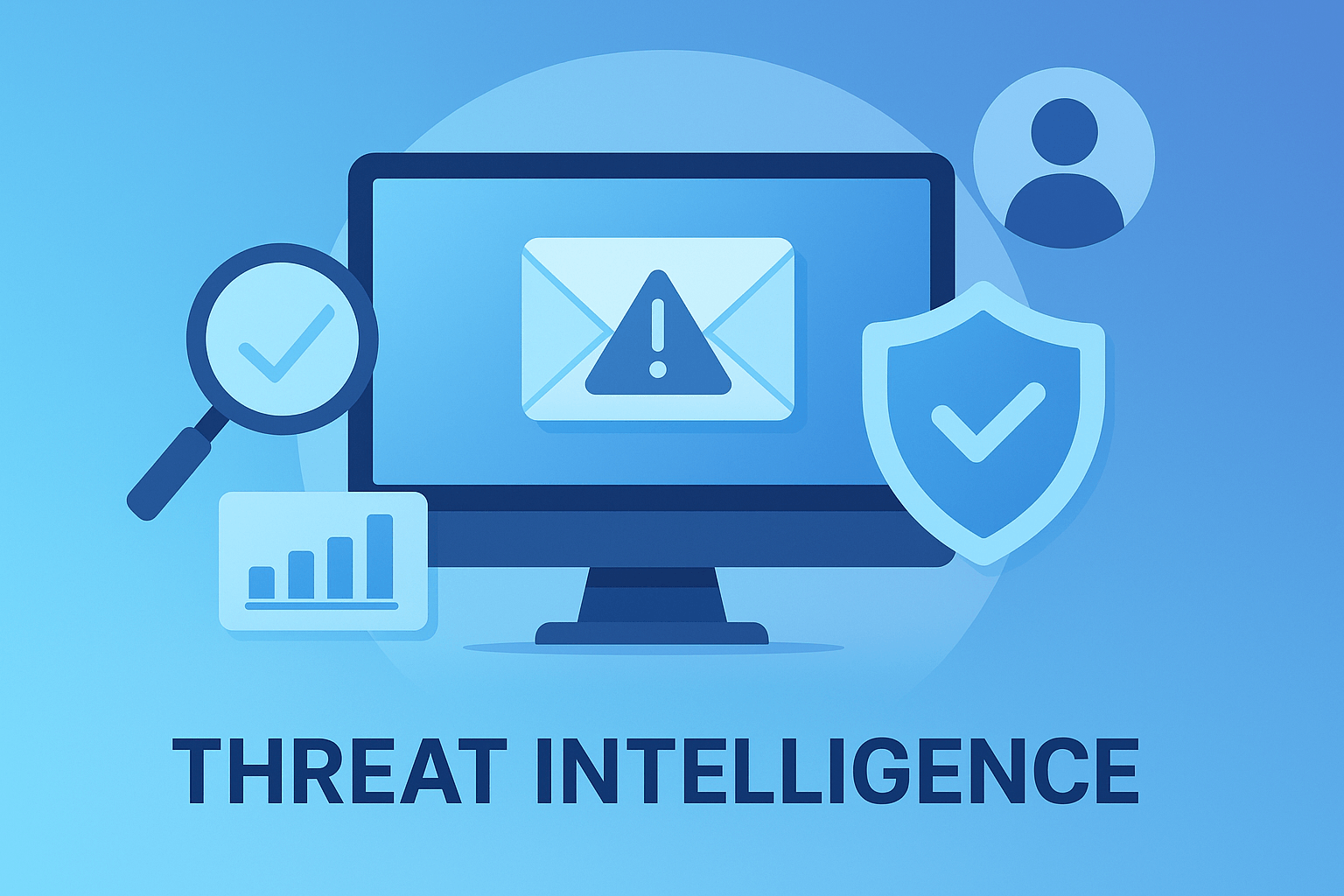In today’s fast-paced digital landscape, reacting to security incidents after they occur is no longer enough. Threat Intelligence empowers organizations with proactive insights into emerging risks—so you can anticipate, prepare for, and neutralize attacks before they hit. In this post, we’ll explore what threat intelligence is, why it matters, the different types, best practices for implementation, and how BreachGuard can help you build a world-class intelligence program.
What Is Threat Intelligence?
At its core, threat intelligence is the collection, analysis, and application of data about potential or active cyber threats. Rather than generic alerts or isolated vulnerability scans, intelligence provides:
- Context: Who is targeting you (e.g., cyber-criminal groups, nation-state actors)?
- Motivation & Tactics: Why they attack and how they operate (TTPs).
- Indicators of Compromise (IoCs): IP addresses, domains, file hashes, URLs associated with malicious activity.
- Actionable Recommendations: Specific steps to detect or block the threat in your environment.
By feeding current, relevant intelligence into your security stack—SIEMs, firewalls, endpoint agents—you transform raw data into early warnings.
The Four Levels of Threat Intelligence
| Level | Focus | Use Cases |
|---|---|---|
| Strategic | High-level trends, actor motives | Board reporting, budget & resource planning |
| Operational | Campaign & incident details | Threat hunting, incident response playbooks |
| Tactical | Adversary TTPs (techniques) | Firewall rules, IDS/IPS signature tuning |
| Technical | Raw IoCs (IPs, hashes, URLs) | Automated blocking, IOC feeds, sandbox detonation |
A mature intelligence program will combine all four to deliver both big-picture foresight and precise, machine-readable indicators.
Why Threat Intelligence Matters
-
Proactive Defense
Move from “detect & respond” to “predict & prevent” by blocking new malware domains or malicious IPs as soon as they emerge. -
Faster Incident Response
Armed with known IoCs and attacker playbooks, your SOC can cut mean-time-to-containment in half. -
Reduced Noise
Filter out false positives by focusing on threats that actually target your industry, geography, and technology stack. -
Compliance & Reporting
Many regulations (e.g., GDPR, PCI-DSS, HIPAA) require documented threat monitoring—intelligence feeds fill that gap. -
Risk-Based Prioritization
Not all vulnerabilities are created equal; intelligence helps you patch what attackers are actively exploiting.
Building Your Threat Intelligence Program
-
Define Goals & Stakeholders
Align with leadership: Is your priority regulatory compliance, reducing breach risk, or optimizing SOC workload? -
Ingest Diverse Sources
- Open-Source Feeds (MISP, AlienVault OTX)
- Commercial Feeds (Recorded Future, Anomali)
- Internal Telemetry (logs, EDR alerts, honeypots)
- Information Sharing (ISAC/ISAOs for your sector)
-
Automate Collection & Normalization
Use a Threat Intelligence Platform (TIP) or SIEM to ingest feeds, normalize formats (STIX/TAXII), and dedupe. -
Analyze & Enrich
- Correlate external IoCs with internal alerts.
- Tag by confidence level, actor, campaign.
- Combine with geolocation, passive DNS, Whois data.
-
Operationalize
- Push IoCs into firewalls, EDR, IDS/IPS.
- Update detection rules in your SIEM.
- Enrich alerts in your SOAR workflows.
-
Measure & Refine
Track metrics like blocked events, alerted events triaged, response times. Continuous improvement is key.
Best Practices & Common Pitfalls
| Do’s | Don’ts |
|---|---|
| Start small—focusing on your highest-value assets | Ingest every feed without prioritization |
| Integrate intelligence into existing workflows | Treat feeds as a “set it and forget it” task |
| Regularly validate and retire stale IoCs | Ignore feedback loops from your SOC team |
| Combine technical IoCs with strategic context | Assume every IoC is relevant to your environment |
| Share anonymized findings with peers (ISAOs) | Hoard intelligence in silos without cross-team visibility |
How BreachGuard Helps
At BreachGuard, we partner with you to take your threat intelligence program from concept to reality:
-
Feed Assessment & Onboarding
We evaluate your existing sources, eliminate noise, and integrate high-confidence feeds. -
Platform Selection & Integration
Whether you use Splunk, QRadar, Elastic SIEM, or a dedicated TIP, we handle the API connections, parsers, and enrichment pipelines. -
Playbook Development
Customized SOAR playbooks and runbooks ensure intelligence automatically drives blocking, alerting, and response actions. -
Training & Knowledge Transfer
We train your SOC analysts on analyst tools, IOC management, and threat actor profiling. -
Ongoing Managed Intelligence
Our team of seasoned analysts continuously hunts for anomalies, tunes detections, and delivers monthly intelligence reports tailored to your industry.
Getting Started
-
Request a Free Threat Intelligence Assessment
We’ll map your current state, pinpoint gaps, and deliver a detailed action plan. -
Pilot Program
In just 30 days, see live feed integration, SOC enablement, and first-wave detections. -
Scale & Optimize
Extend to additional data sources, advanced analytics, and full SOAR automation.
Ready to stay one step ahead?
Request Your Free Threat Intelligence Assessment ➝
With the right data, tools, and expertise, you can transform raw signals into rock-solid defenses—keeping BreachGuard clients secure, compliant, and confident. Let’s make threat intelligence your competitive advantage.

